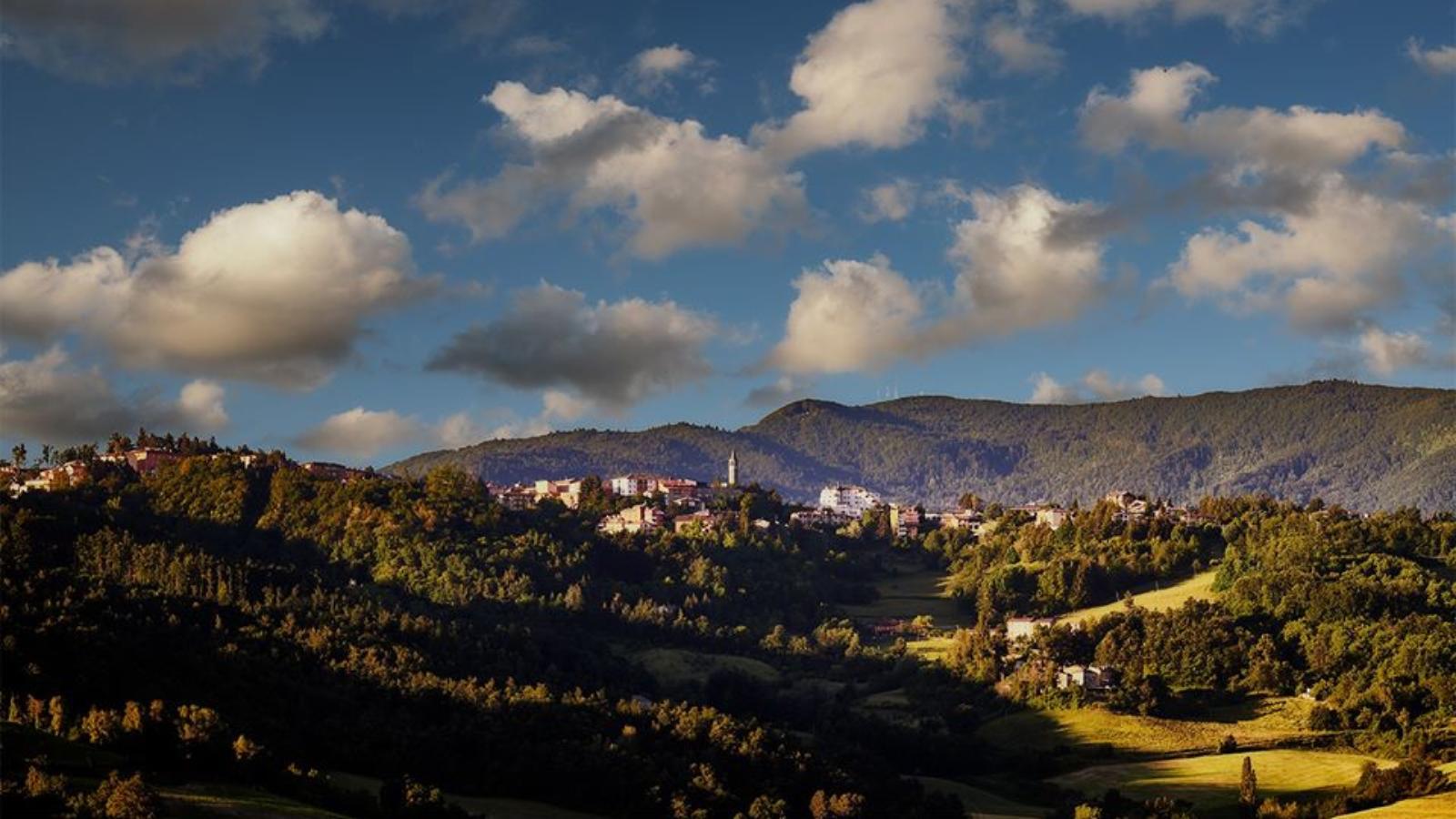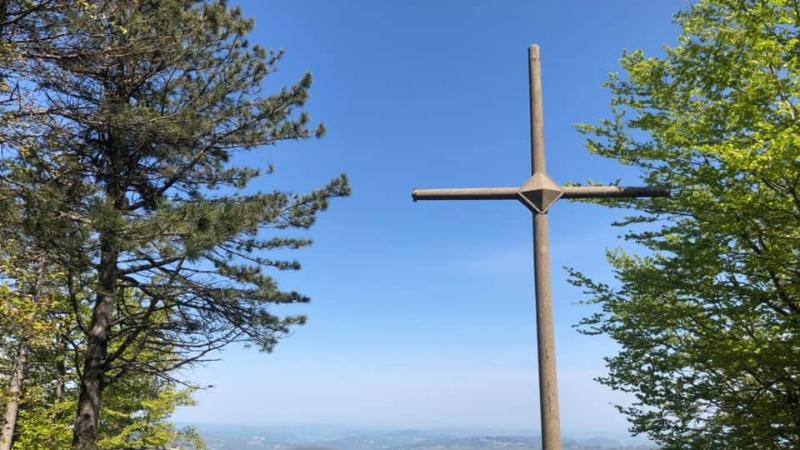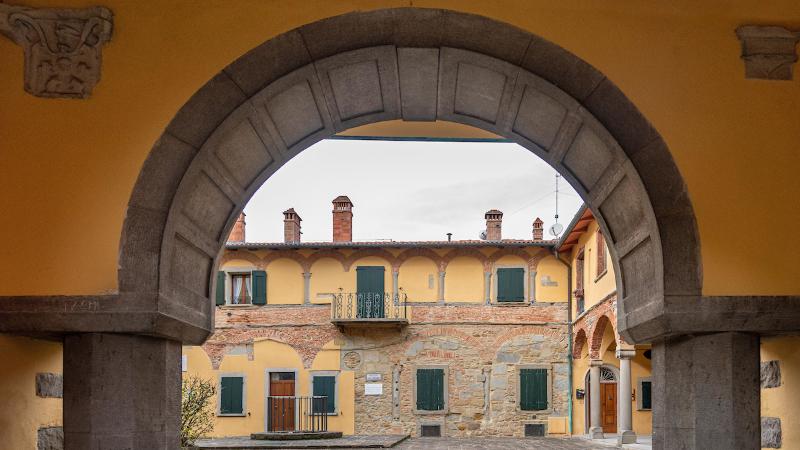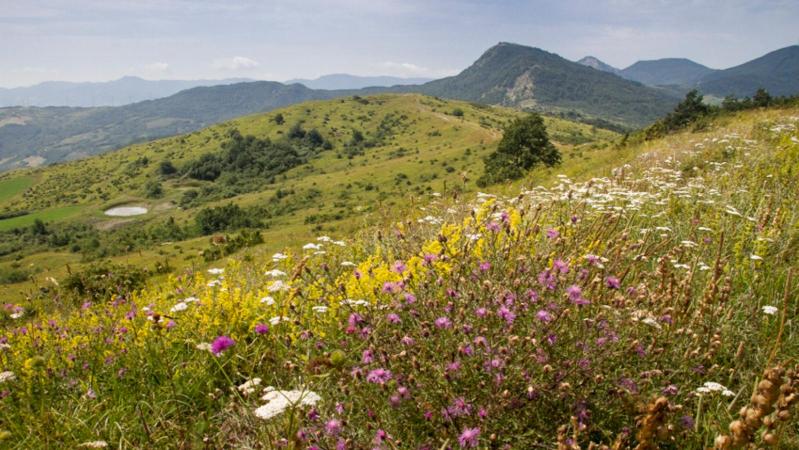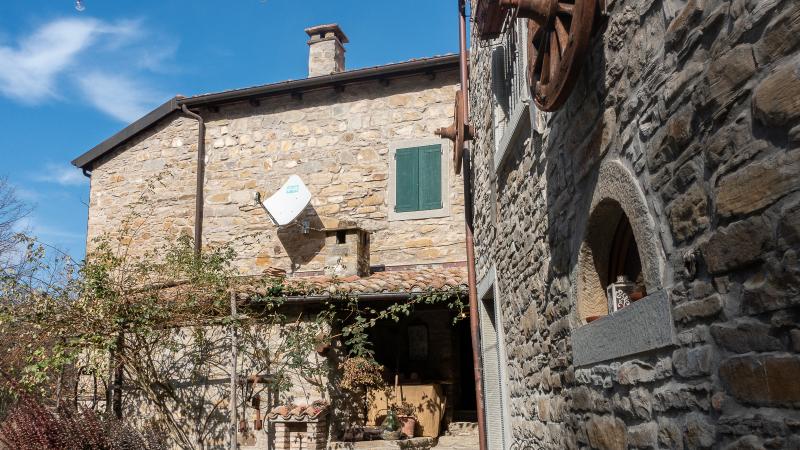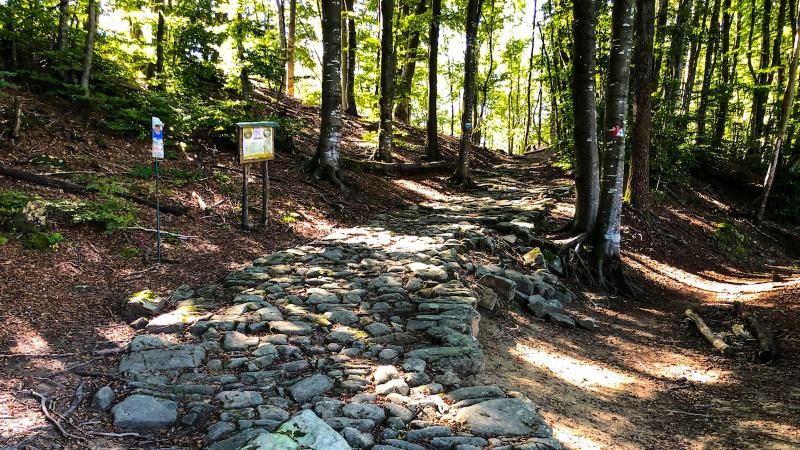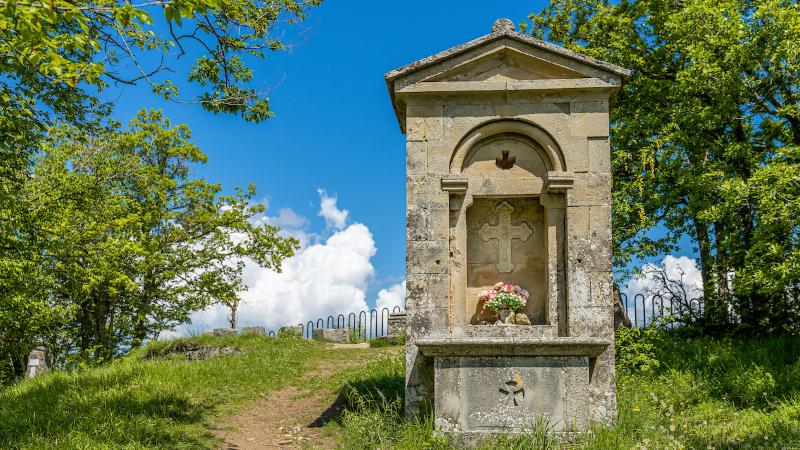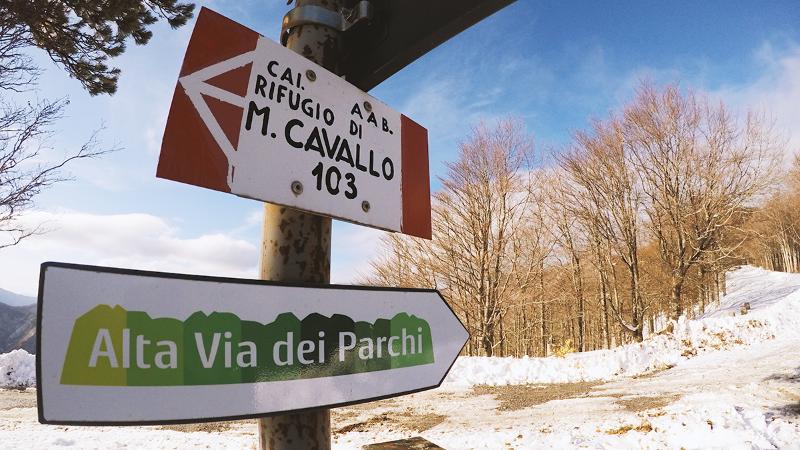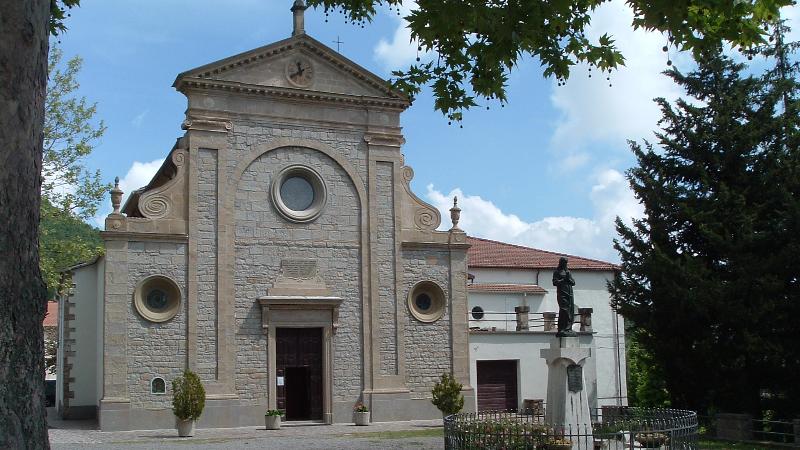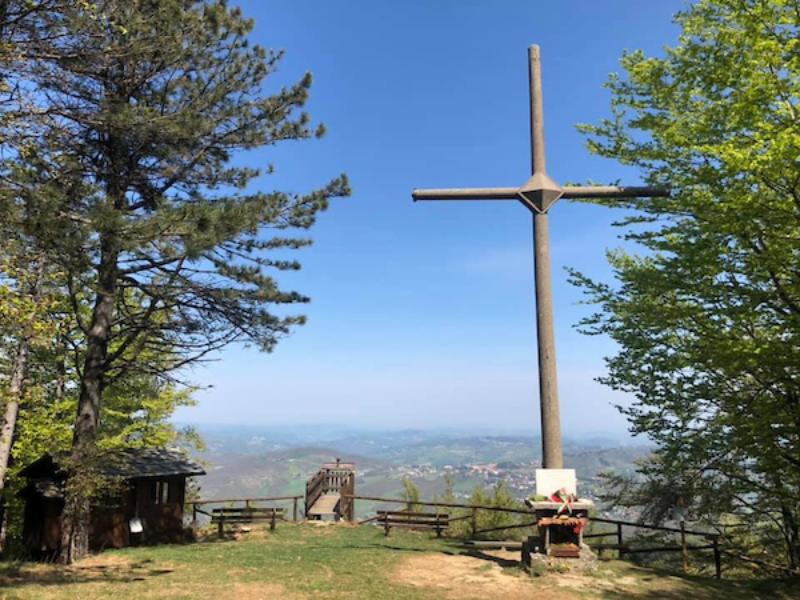
Birthplace of bolognese singer Gianni Morandi, Monghidoro is an important tourist and commercial center. Located on the border between Emilia and Tuscany, it has a strategic geographical position. Indeed, it connects the Po valley and central Italy, becoming over the centuries one of the main crossing points of the northern Apennine chain.
The origin of Monghidoro dates back to the 8th century A.D., when the Goths settled in this area, calling it "Mons Gothorum" or "Mount of the Goths," from which it derives its current name. In the 13th century, Monghidoro was called "Scaricalasino" because muleteers had to unload there the goods carried by mules for border controls. The Monghidoro area is an authentic jewel from a naturalistic point of view and offers plenty of opportunities for walking and hiking to discover its natural beauty. The Monghidoro area is a true natural gem, offering numerous opportunities for walks and excursions to discover its natural beauty. Furthermore, it's possible to explore numerous religious buildings of historical and architectural interest, the area's charming rural complexes, and the Castellaccio Park, where the Monghidoro "castrum" once stood (which was also the seat of the Mountain Captaincy). In addition, it is possible to explore numerous religious buildings of historical and architectural interest, as well as the area's charming rural buildings.
The two main attractions in the area are the Alpe di Monghidoro and the Martina Park, from which trails branch off that cross various paths, such as the Via Mater Dei, and the Alta Via dei Parchi.
The Alpe stretches from the upper reaches of the Savena stream, all the way to Tuscany. The predominance of beech forests, ferns, coniferous forests and beautiful chestnut groves contributes to the beauty of the Monghidoro landscape. Along the Savena stream, we find the ingenious mills that represent historical evidence of grain milling activity.
Instead, immersed in the greenery of Mount Oggioli, we find an adventure park: the Triton's Park, which also offers an equipped and free picnic area and a spectacular pond that is home to several specimens of newts.
La Martina, a 155-hectare nature park is a truly natural treasure with a rich environmental heritage and classified as a SCI, or Site of Community Importance.
Monghidoro is rich in religious buildings of historical and architectural interest, such as the church of Santa Maria Assunta, dating back to 1256 and rebuilt after World War II, inside which you will find a painting of the Immaculate Conception with Saints by painter A. Burrini (1685), and the chiostro Olivetano della cisterna, once part of a 16th-century monastery, nowadays also a location for musical events during the summer season.
In the hamlet of Campeggio, you can visit the Sanctuary of Our Lady of Lourdes, so named because of the reproduction of the Lourdes grotto in one of the chapels inside the building. In 2025, the church was recognized as a "Jubilee Site": for the occasion, an exhibition dedicated to Count Acquaderni, an important figure linked to the Church, was held.
In the hamlet of Campeggio, you can visit the Sanctuary of Our Lady of Lourdes, so named because of the reproduction of the Lourdes grotto in one of the chapels inside the building. In 2025, the church was recognized as a "Jubilee Site": for the occasion, an exhibition dedicated to Count Acquaderni, an important figure linked to the Church, was held.
Very interesting to visit also the small "Museum of the Peasant Civilation" in Piamaggio
Information
IAT Monghidoro - Ufficio turistico
Via Matteotti 1, 40063 Monghidoro (BO)
Phone +39 331 4430004
Email iat@monghidoro.eu
Web https://www.bolognamontana.it/monghidoro
Opening times:
- From May to September: 10:00 - 13:00 / 15:00 PM - 18:00 (closed on Mondays)
- April, October, and December: Thursday, Friday, and Sunday 10:00 - 13:00, Saturday 10:00 - 13:00 / 15:00 - 18:00
- November, January, February, and March: Thursday and Saturday 9:00 - 12:00
Municipality
Via Matteotti 1, 40063 Monghidoro (BO)
Phone +39 051 6555006
Email suap@comune.monghidoro.bo.it
Web www.comune.monghidoro.bo.it


